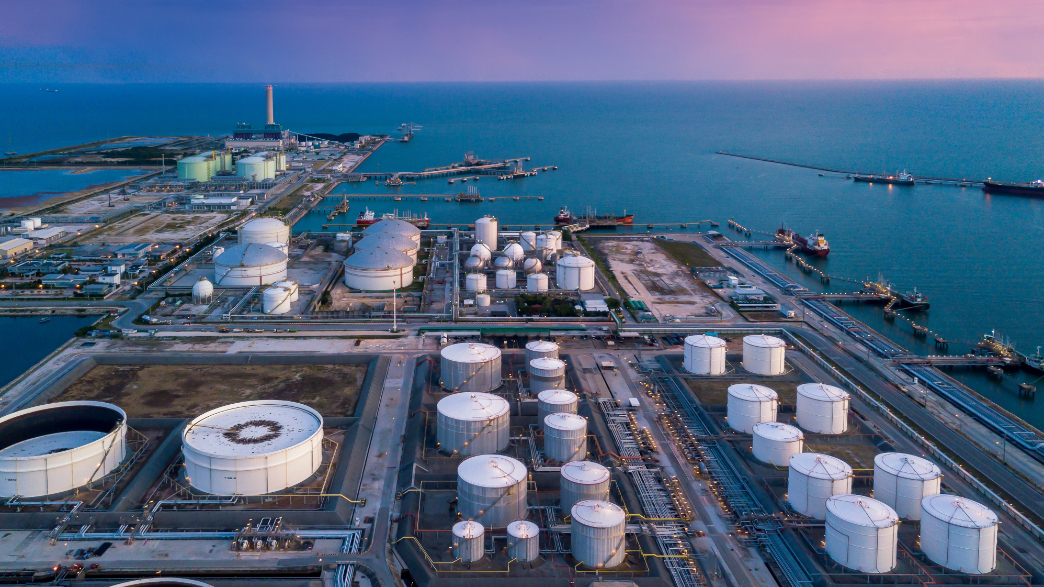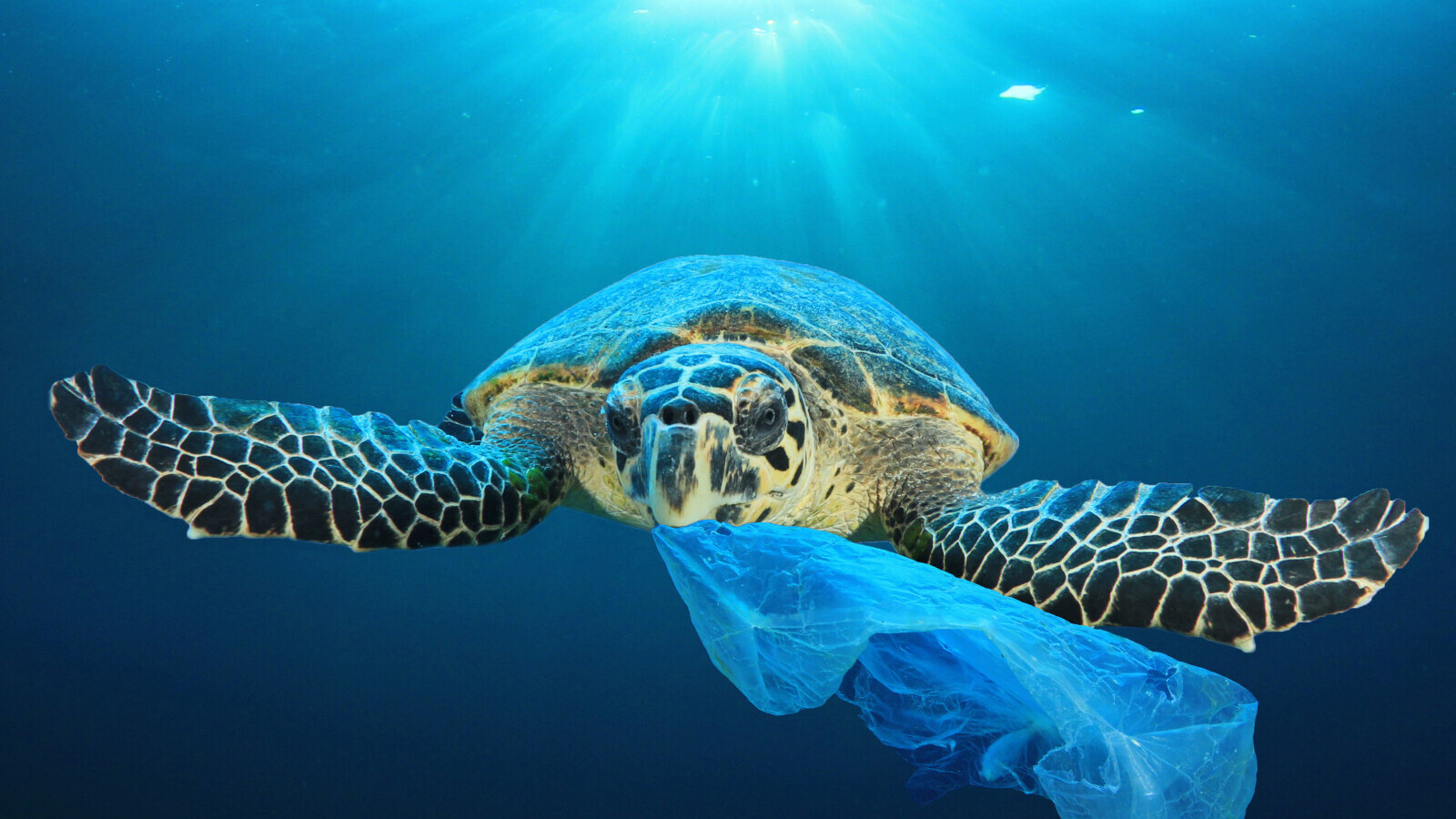The Climate Council of Australia, an advocacy group, has written to the Australian government, offering recommendations on reforming the safeguard mechanism.
The mechanism is a policy that aims to maintain commercial competitiveness, while reducing emissions at Australia’s largest emitters. It applies to all facilities that emit more than 100,000 tonnes of CO2-e in a year.
Currently, 215 such facilities are covered and compliance is limited to Scope 1 emissions. The Climate Council recommends that the safeguard mechanism should target a 43% reduction by 2030 and establish a carbon-mitigation hierarchy.
The latter is aimed at reducing the reliance on offsets to meet emissions-reduction targets.
The submission states: “Updated Safeguard Mechanism settings must see covered facilities pull their weight in our shared national efforts to cut emissions, and do so by prioritising genuine, absolute emissions reduction."
"The benchmark for success is whether onsite emissions from covered facilities genuinely and permanently decline over the years to 2030; this is the only lasting way to address harmful climate change.”





